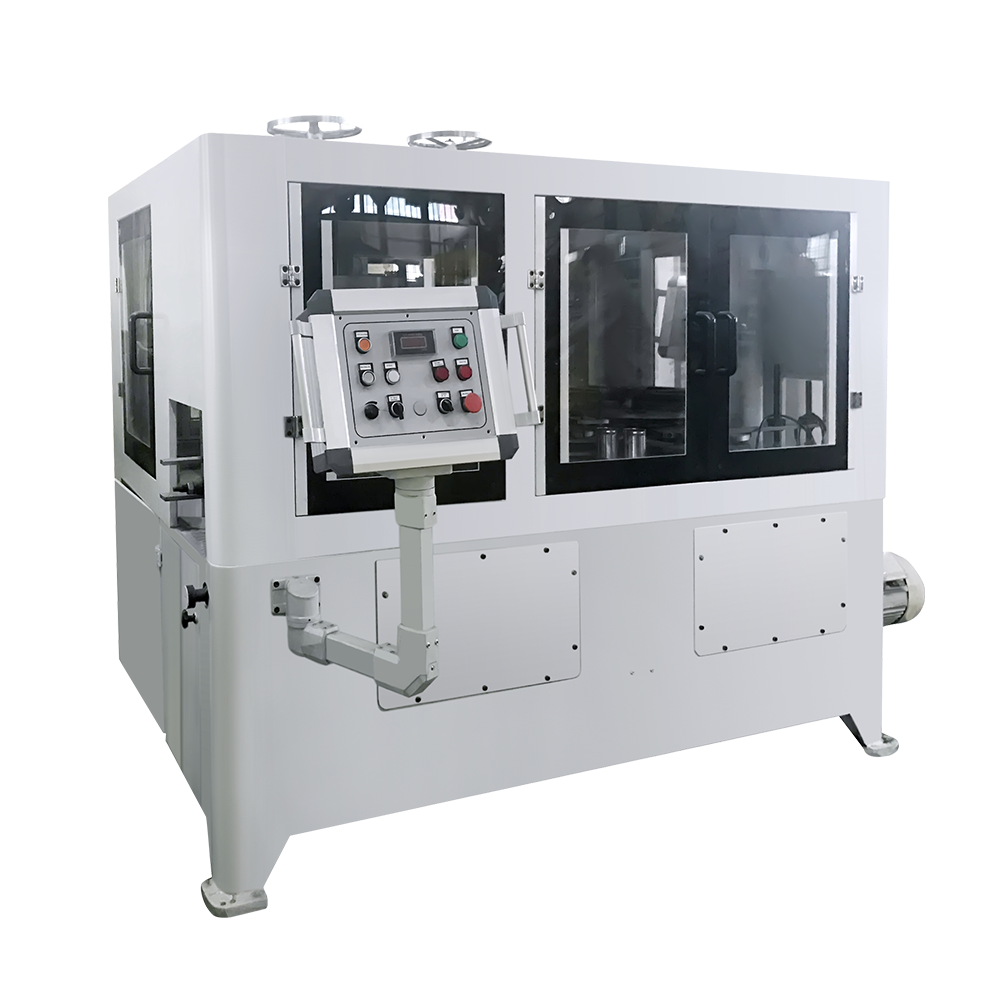In the manufacturing process of food and beverage cans, the sealing performance and dimensional consistency of the tank body are key indicators for evaluating the process capability of the equipment and product quality. This not only directly affects the preservation, safety and transportation stability of food, but also the efficiency of the entire production process and customer trust. In order to maintain this level continuously during mass production, manufacturing equipment must be carefully controlled in multiple links, from the selection of raw materials, the precision of forming, welding process, to subsequent inspection and process compensation, etc., which are closely linked and collaboratively collaboratively.
The starting point of manufacturing lies in material selection. Metal materials used for tank manufacturing must have good ductility and strength, and their thickness needs to be stable and uniform. Before the raw materials enter production, the surface flatness, thickness error and microcracks will be checked through the inspection equipment to reduce the risk of subsequent molding errors and welding defects.
Subsequently, in the curling and forming process, the precision mold and the automatic feeding system ensure that the dimensions of each tank are consistent during pressing. The mold also needs to be regularly maintained and replaced after long-term use to prevent dimensional deviations due to wear. At the same time, the synchronous control and tension adjustment of the feeding system can effectively prevent the material from being offset during transportation, thereby affecting the pressing effect.
The welding process is one of the key links that affect the sealing of the tank body. At present, rolling welding or laser welding technology is generally used. During the welding process, automatic welding trajectory control and real-time temperature adjustment can ensure continuous and uniform welding joints. Laser welding can also be combined with a visual inspection system to monitor the welds online. If defects such as weld pores, slag inclusions or offsets are found, the system will automatically alarm or remove the problem tank body.
The molded tank body also needs to be flange shaping, curling edge reinforcement, etc., which directly affect the reliability of subsequent covers. Through the automatic calibration device, the equipment can correct slight dimensional errors, thereby controlling the diameter and depth deviation of the tank body and improving assembly consistency.
At the end of the manufacturing process, a dimensional inspection and sealing test system is usually configured. The dimension detection uses laser measuring instruments, contact gauges or three-coordinate equipment to sample or fully inspect key parameters such as height, diameter, roundness, etc. Sealing testing generally uses vacuum or water pressure to detect whether there is a risk of leakage in the tank by simulating the storage status.
Some equipment is also equipped with a feedback control system, which automatically adjusts the mold clearance, feeding step or welding power according to the detection data to achieve closed-loop control. This real-time feedback mechanism helps maintain production stability and reduce error fluctuations caused by human intervention.
The food beverage can manufacturing machine implements detailed management and process optimization in all links through high-precision mold control, high-speed welding system, intelligent detection device and process adjustment technology. It is this systematic and multi-level quality control system that provides good sealing and dimensional stability for the tank body, ensuring the storage safety of food and beverages and market adaptability.











